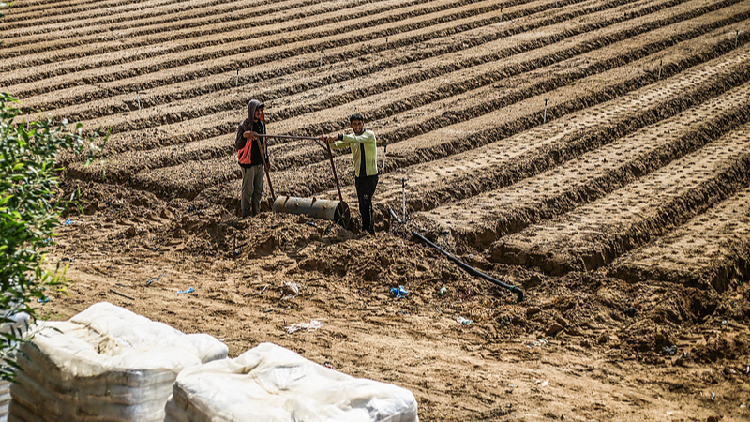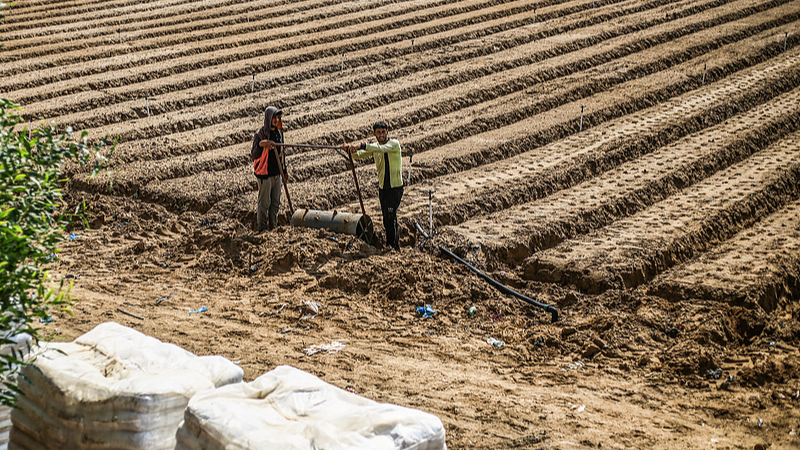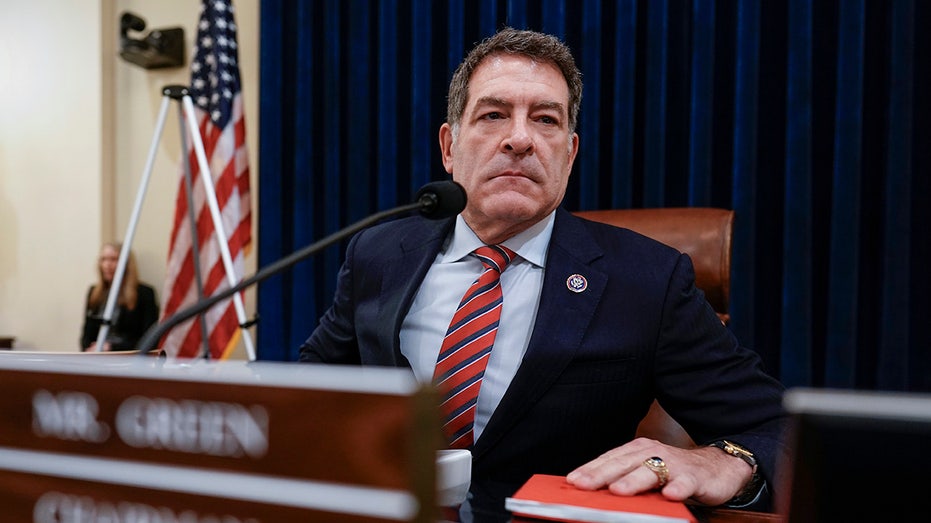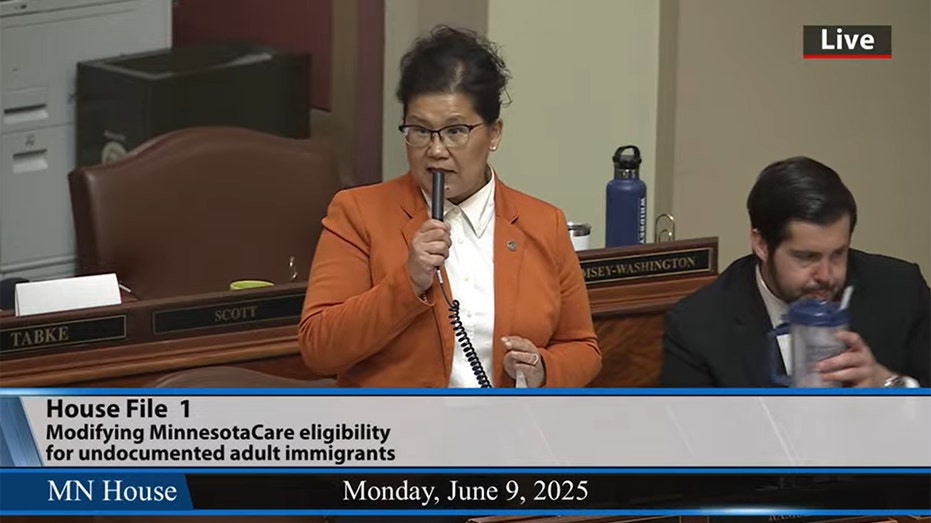UN Report Reveals Less Than 5% of Gaza Cropland Remains Usable Due to Ongoing Conflict
Less than 5% of Gaza's farmland remains usable, UN reports reveal devastating impact on agriculture.


Less than five percent of Gaza's farmland remains usable for cultivation, according to a newly released assessment from the Food and Agriculture Organization of the United Nations (FAO) and the United Nations Satellite Center. The dramatic decline in arable land has intensified concerns about food security and deepened the risk of famine across the region.
The latest geospatial survey reveals that only 4.6 percent of pre-conflict cropland—just 688 hectares—remains available for planting in the Gaza Strip. In stark contrast, an estimated 80.8 percent of cropland had been damaged as of April 2025, highlighting the extensive impact of ongoing hostilities on the area’s agricultural infrastructure.
Access to cropland has become a major challenge, with the report finding that 77.8 percent of total cropland is currently inaccessible. Rafah, in the southern part of the strip, has seen its cropland rendered largely off-limits, while agricultural fields in nearly all northern areas are similarly out of reach for farmers attempting to resume operations.
The destruction extends further, as the survey details significant losses to vital agricultural infrastructure. More than 71 percent of greenhouses and 82.8 percent of agricultural wells have suffered damage, compounding the difficulties for local communities that depend on farming as a lifeline. This level of devastation threatens not only food production but also employment and economic stability for thousands of residents.
Prior to the outbreak of conflict in October 2023, agriculture accounted for roughly 10 percent of Gaza’s economy, supporting the livelihoods of over 560,000 people through direct or partial engagement in farming, livestock, and fishing. With so much of the cropland and infrastructure destroyed, these vital sources of income have been severely disrupted, leaving many families struggling to meet basic needs.
Economic evaluations by FAO estimate that agricultural losses in Gaza now exceed $2 billion, with initial projections suggesting recovery and reconstruction could cost approximately $4.2 billion. The extensive damage to fields, irrigation systems, and agricultural facilities underscores the scale of humanitarian and financial challenges that lie ahead as local authorities and international partners consider pathways toward recovery and rebuilding Gaza’s crucial food systems.




